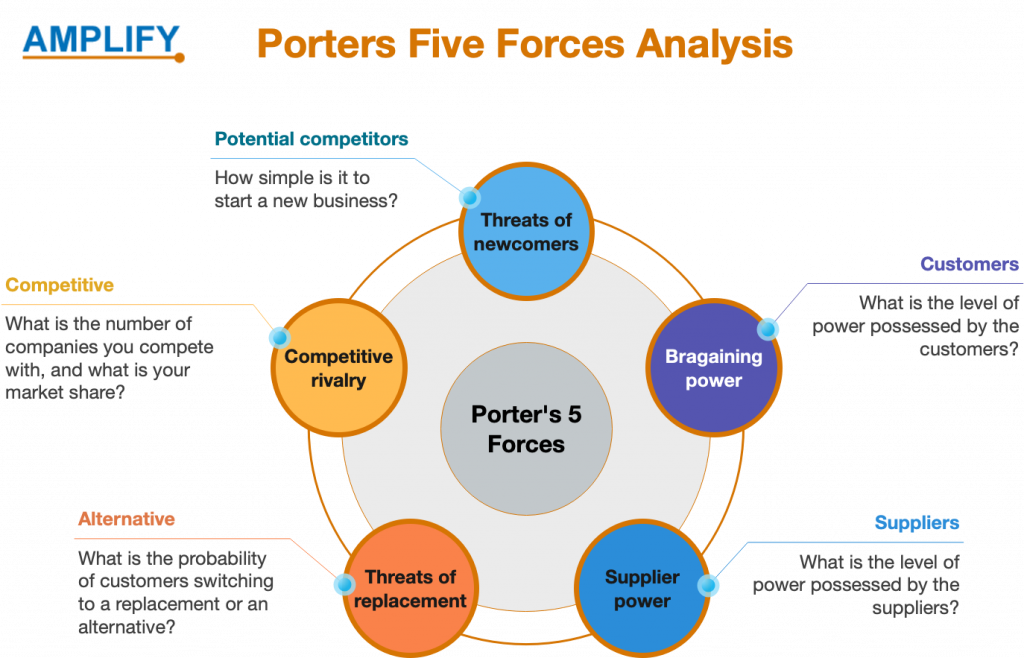Evaluating the Market Potential of Your Startup: Utilizing Porter’s Five Forces
Understand the competitive landscape and its influence on business success. Utilizing Porter’s Five Forces Framework Porter’s Five Forces helps analyze industry attractiveness, particularly for start-ups.
Assess competitiveness and profitability by examining competition, new entrants, substitutes, and buyer and supplier power. Influencing these forces are variables such as differentiation, innovation, capital requirements, regulations, customer preferences, and substitutes.
Apply Porter’s model across various sectors to evaluate competition and increase long-term profitability. This model is named after Michael E. Porter, a renowned professor at Harvard Business School.

Utilizing Porter’s Five Forces in Business Strategy Analysis
To begin utilizing Porter’s Five Forces framework for market examination, the following steps must be followed. Firstly, the industry and target market must be defined to comprehend the offerings, value proposition, and target customers. Subsequently, the relevant forces and their underlying drivers must be identified. It is vital that the intensity of each party be assessed, which may be achieved by employing a scale from low to high, or by allocating a score according to analysis. Finally, a five-forces diagram may be created to synthesize the findings.
After the forces are assessed, the final step is to interpret the results and construct a strategy. Opportunities, threats, strengths, and vulnerabilities are to be identified using the outcomes. Subsequently, strategic options and actions are to be developed to augment competitive advantage and foster customer value. Finally, it is critical that the business is positioned optimally to engage effectively in the market.
Discover the Pros and Cons of Porter’s Five Forces Framework
Porter’s Five Forces framework offers advantages like analyzing the industry’s competitive landscape, providing insights into market positioning, predicting industry changes, and identifying sustainable competitive advantage opportunities.
However, limitations exist, such as focusing solely on external factors and ignoring internal influences on performance. The framework suggests a static industry structure and overlooks collaboration within an industry. Reliance on a defined industry may challenge some businesses.
Consequently, using the framework with other strategic tools ensures a broader understanding of the competitive landscape.


















